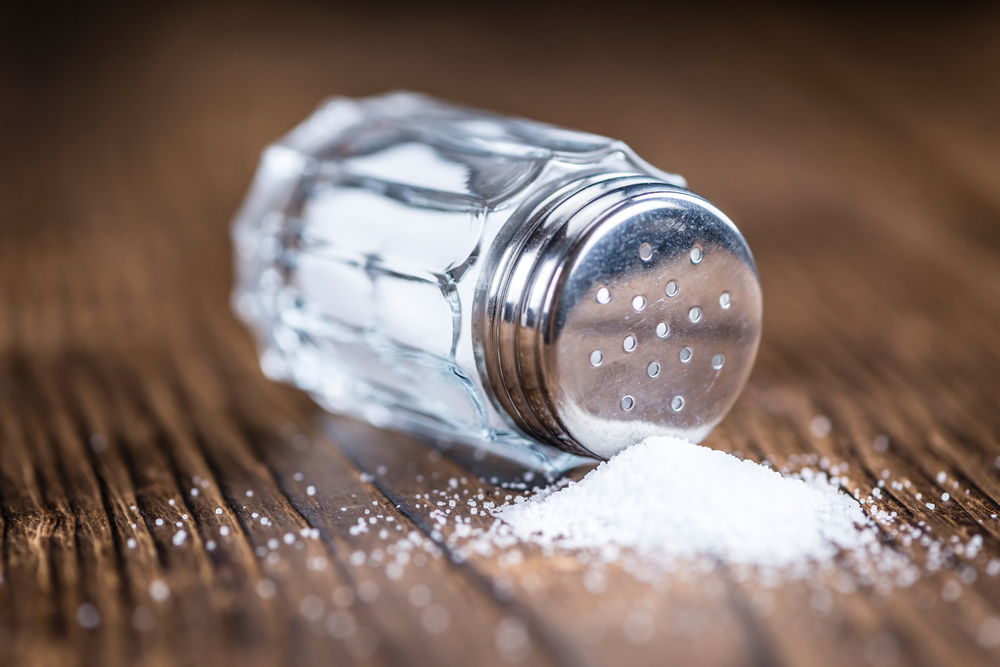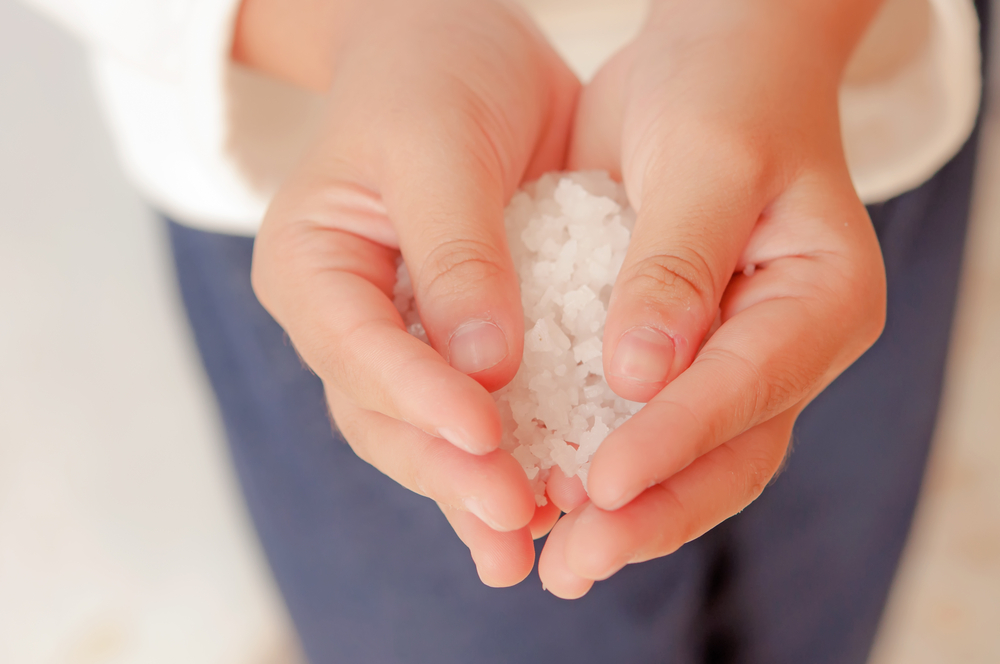Salt.
It’s a controversial topic, but i’m just going to say it…in the healthcare arena, salt simply gets a bad rap. Children love salt, and it can be a powerful tool to guide your children into healthier eating. Yes, I just went there, keep reading!
If you don’t keep your ear to the ground on such topics, let me get you caught up to speed by explaining the big salt controversy. Here’s the simple truth. Our body contains salt and we need it to function. That’s right, we need salt in our diets and our children do too. Salt is needed to maintain fluid balance (down to the cellular level), to maintain blood volume, blood pressure and to ensure the proper function of muscles and nerves.
“The benefit of salt doesn’t stop there,” says Michelle Martuscellos, our local salt maker and Founder of Shelly Sells Sea Salt located in Westhampton Beach, New York. “Unprocessed salt contains other minerals for our bodies too, like potassium, calcium, magnesium, iron, manganese, copper, among others. All those other minerals is what changes the color of salt. For instance, Hymilain Sea Salt contains many minerals, such as iron which gives it that beautiful pink color.” Last, but not least, salt tastes good and it adds flavor to our foods!
So what’s the big deal?
The big deal is that researchers from the U.S. Centers for Disease Control and Prevention found that on average, children aged 6 to 18 in the United States eat 3,300 milligrams of sodium a day and that is their consumption before salt is even added at the table. The alarming concern is that processed foods are packed with hidden salt. This hidden additive is causing children to develop a palate and craving for a salty diet. Too much salt in one’s childhood can lead to poor diet choices and multiple health problems in adulthood including obesity and heart disease. Current dietary guidelines recommend that children eat less than 2,300 milligrams per day and an even more conservative American Heart Association recommendation is 1,500 mg of sodium a day for all Americans for ideal heart health, so herein lies the problem, processed foods contain a lot of salt. Mostly hidden.
Want to know where?
The Center for Disease Control (CDC) found that about 43 percent of the salt ingested by children comes from the top 10 most common foods they enjoy. These well loved foods of picky eaters include pizza, bread, cold cuts, chips/pretzel type snacks, yogurt/cheese, chicken patties and nuggets, mac and cheese, Mexican dishes and canned soups. So unless you are cooking every meal from scratch, your kids are probably eating A LOT of salt.
The idea that I want to drive home is not to be scared by the bad news about salt. There’s good news to embrace instead and just as in every other area of life – your family simply needs a balance. For instance, instead of hiding all the shakers in the house, begin to work towards reducing or eliminating the amount of processed foods your family eats. You can use you child’s salt cravings to your advantage by sprinkling a pinch of unprocessed sea salt or salty cheese on unprocessed healthy foods like salad, broccoli and green beans. In using this pediatric feeding tool, you can build a bridge to new foods for your children. The best way to help guide them to healthier foods is using a taste that they have already grown accustomed to. As children learn to enjoy these healthier options, you can simply begin to back out the amount of salt you’ve offered during their transition and remove processed foods altogether.
Win-win! So pass the shaker, it’s not their salt!
Did you recognize your child’s diet above? Do you want more tips, tools and support to improve your family’s mealtimes? Join pediatric feeding expert, Cindy Morrison, M.S., CCC-SLP, CLC as she supports a fantastic group of parents and caregivers for the next round of Happy Eating Club beginning on August 5th! For a limited time only use code “chewchewmama30” to save 30% on enrollment!




